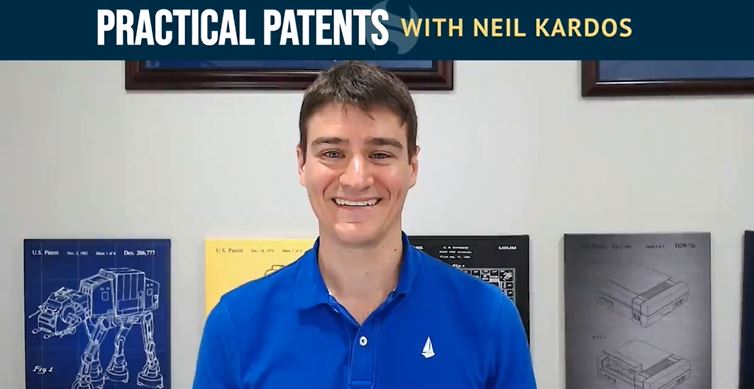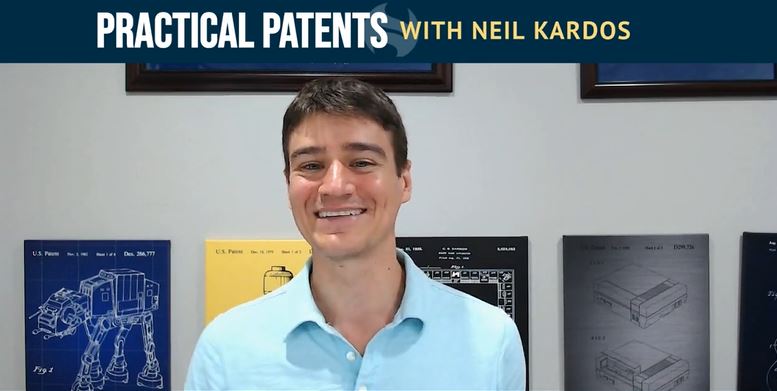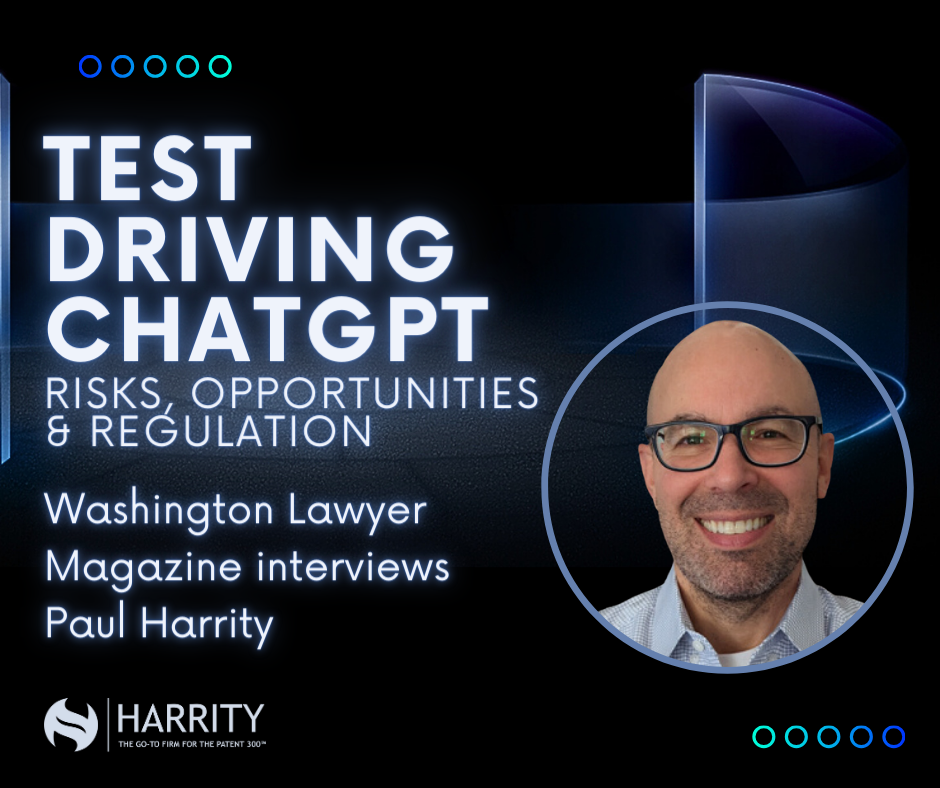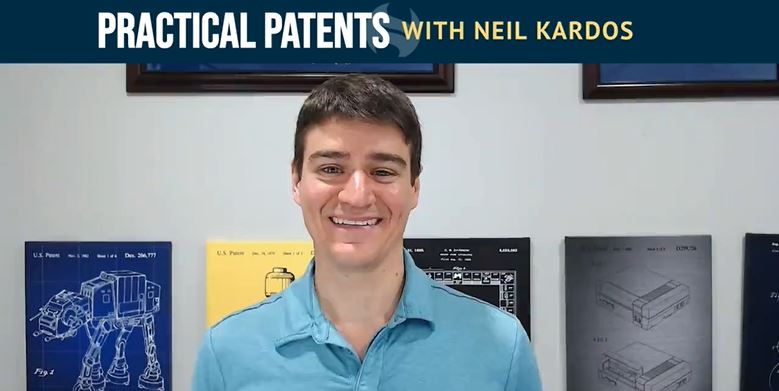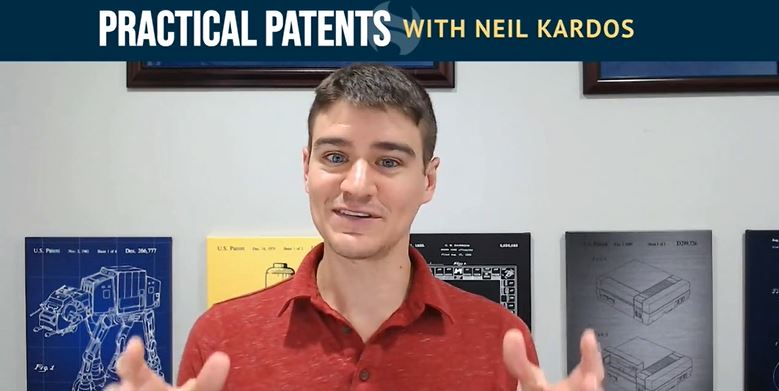Mastering the Art of the Inventor Interview: Ensuring Confidence While Asking the Right Questions
Greetings fellow patent enthusiasts! An inventor interview is not just an information-gathering session; it’s an opportunity to build rapport and trust between the inventor and the patent professional. Join us this week as Neil Kardos explains how the nuances of these interactions can significantly impact the inventor’s confidence in your capabilities to represent their interests adequately.
Pre-Interview Research: A Non-Negotiable Step
Before the interview, always take the time to research any unfamiliar concepts in the inventor’s documentation. This not only prepares you for the discussion but also avoids asking questions that could potentially undermine the inventor’s confidence in your expertise. A simple web search for unknown terms or concepts is often enough to provide the necessary context.
Tackling the Unknown: Phrasing is Key
There will inevitably be times when prior research doesn’t yield clear explanations for certain terms or technologies. In such instances, how you pose your questions can make all the difference. Here are some strategies:
1. Acknowledge Your Effort
Example: “I searched the web for XYZ, but I couldn’t find a really good explanation. Can you explain it to me?” This approach shows that you have made an effort to understand but have hit a roadblock, inviting the inventor to fill in the gaps.
2. Draw Parallels with Familiar Concepts
Example: “I’m familiar with how ABC works, but I don’t understand XYZ. Can you explain it to me?” This method acknowledges your expertise in related areas and humbly asks for clarification on the specific topic at hand.
3. Navigate Company-Specific Jargon
Example: “I saw that you’ve used the term XYZ in your documentation, and I couldn’t find a good explanation of what that is. Can you explain that to me, or is there another term for this that I could look up?” When dealing with internal jargon, this approach shows that you are proactive and willing to learn.
The inventor interview is a crucial aspect of patent law practice, requiring a blend of expertise, humility, and strategic questioning. A well-prepared and conscientiously executed interview not only yields the information necessary for drafting a robust patent application but also establishes a positive working relationship with the inventor.
So the next time you’re preparing for an inventor interview, remember these tips. A little preparation and strategic questioning can go a long way in ensuring a productive and confidence-inspiring conversation. Don’t forget to come back for more tips in the next installment of the Practical Patents Series. Until next time, happy patenting!
Note: This blog post is based on the opinions and observations of the author and should not be considered legal advice. Consult a qualified patent attorney for specific guidance on patent application drafting.
Want more tips? Check out other Practical Patents videos with Neil Kardos here!

